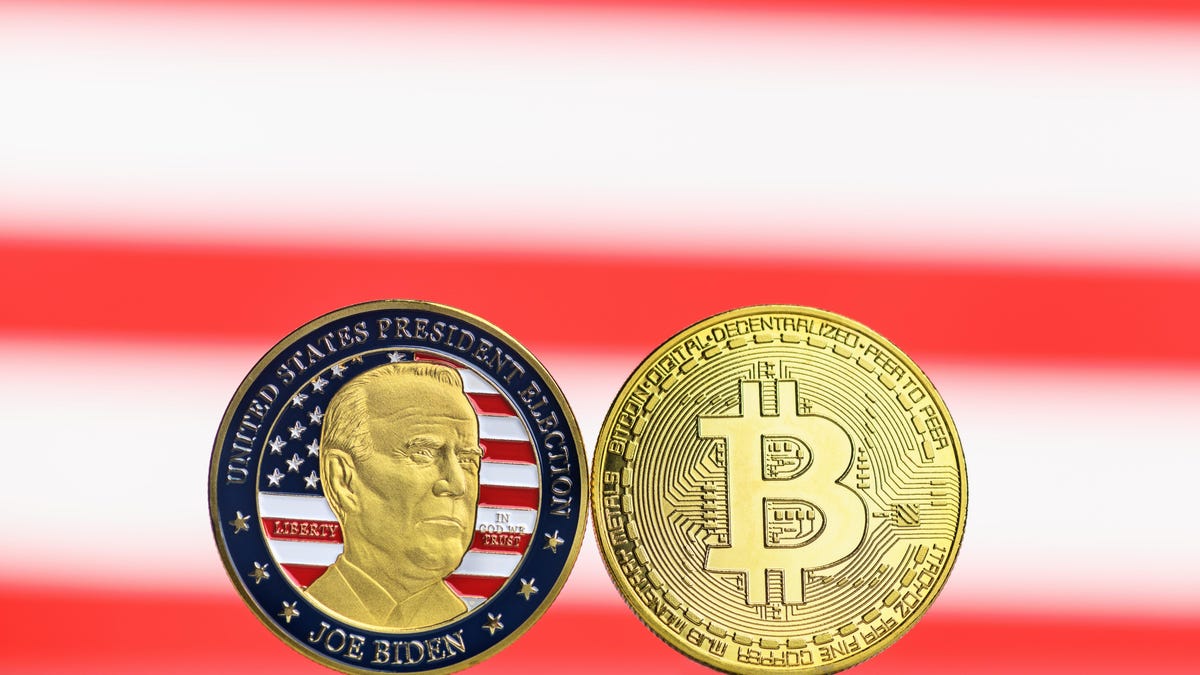The White House released its first official framework laying out its plans to handle digital assets, namely cryptocurrencies. Though the overall scheme authored by the executive branch does lay out some new moves and directions for agencies to strive toward, all-in-all it seems to offer little actual guidance other than “keep doing what you’re doing” and doesn’t answer the biggest questions of who has jurisdiction over the various elements of Web3 regulation.
Citing a global market cap of $3 trillion and the 16% of U.S. adults who have bought in, the Biden administration said that they need to introduce some sort of regulatory outline especially since the crypto crash this past May cut off millions of people from their crypto investments and subsequently put the entire industry into a lingering crypto winter. This new directive comes after President Joe Biden signed an order earlier this year telling the federal government to finally wrap its head around just what crypto is.
Perhaps the most interesting move to come from Biden’s executive order directs the Department of the Treasury to really hash out the possibility of a kind of “Central Bank Digital Currency,” practically pulling a move akin to Xzibit telling you “yo dawg, I put some centralized currencies in your decentralized currencies so when you stick it to centralized banks you can use a centralized bank.”
The report does say Biden is going to consider asking Congress to apply laws against unlicensed money transmitting to apply to crypto. It also mentions the Bank Secrecy Act could apply to crypto exchanges and NFT platforms, forcing these lenders (who will still claim from heaven to hell that they’re not banks) to report suspicious transactions to the treasury department. Biden also said he’d call on Congress to let the DOJ prosecute digital asset crimes “in any jurisdiction where a victim of those crimes is found.”
Unfortunately, the treasury department’s slate of reports dealing with crypto published Friday mostly encourages financial law enforcement to use “already issued guidance” to deal with protecting consumers and the markets. Well, they do recommend establishing “a federal framework for payments regulation” and encouraging “use of instant payment systems,” which if you’re already into so-called “decentralized finance” or DeFi, this suggestion already sounds like a non-starter. Nothing in the treasury department’s Digital Asset Action Plan seems very novel other than updating the BSA regulations.
Elevate your home theater space
A sensor is placed at the top of your TV to analyze the color output across the edges while replicating those colors around the perimeter of your TV in real-time. They can also be controlled via Alexa. This set is designed for TVs between 55" and 65".
Additionally, the Department of Justice also announced Friday they were creating a nationwide “Digital Asset Coordinator Network” led by the existing National Cryptocurrency Enforcement Team to help federal law enforcement get a better handle on digital assets. The DAC apparently held its first meeting Sept. 8.
Well, the president isn’t exactly blowing the tops off of crypto bros when he called for more enforcement of existing laws from the Securities and Exchange Commission and The Commodity Futures Trading Commission. Unfortunately, it doesn’t elaborate which agency has jurisdiction over different aspects of the crypto sphere. SEC Chair Pat Gensler has repeatedly staked a claim over large swathes of the crypto realm but has mentioned the most popular crypto bitcoin might not be under his jurisdiction. Still, CFTC leadership like commissioner Caroline Pham have complained about the SEC’s “regulation by enforcement” for charging an ex-Coinbase employee with insider trading.
The White House cites reports by executive agencies promoting the need to create “commonsense efficiency standards for cryptocurrency mining.” The treasury department notes how some of the most major mining operations have become significantly concentrated companies, adding that there are significant security risks if bad actors can attack mining pools with an over-50% control of the blockchain network. At the same time, none of the reports give a hint at any real regulation or legislation to combat the power of crypto miners.
So really, the question is what even changes with this new framework other than emphasizing existing laws. It may lead to a greater push to combat the crypto scene that’s inundated with scams. It sometimes feels like every day there’s a new story of crypto users or platforms being ripped off by bad actors or hacks, which hasn’t changed even with the greater attention paid to the crypto sphere by federal law enforcement.
Author
Administraroot


